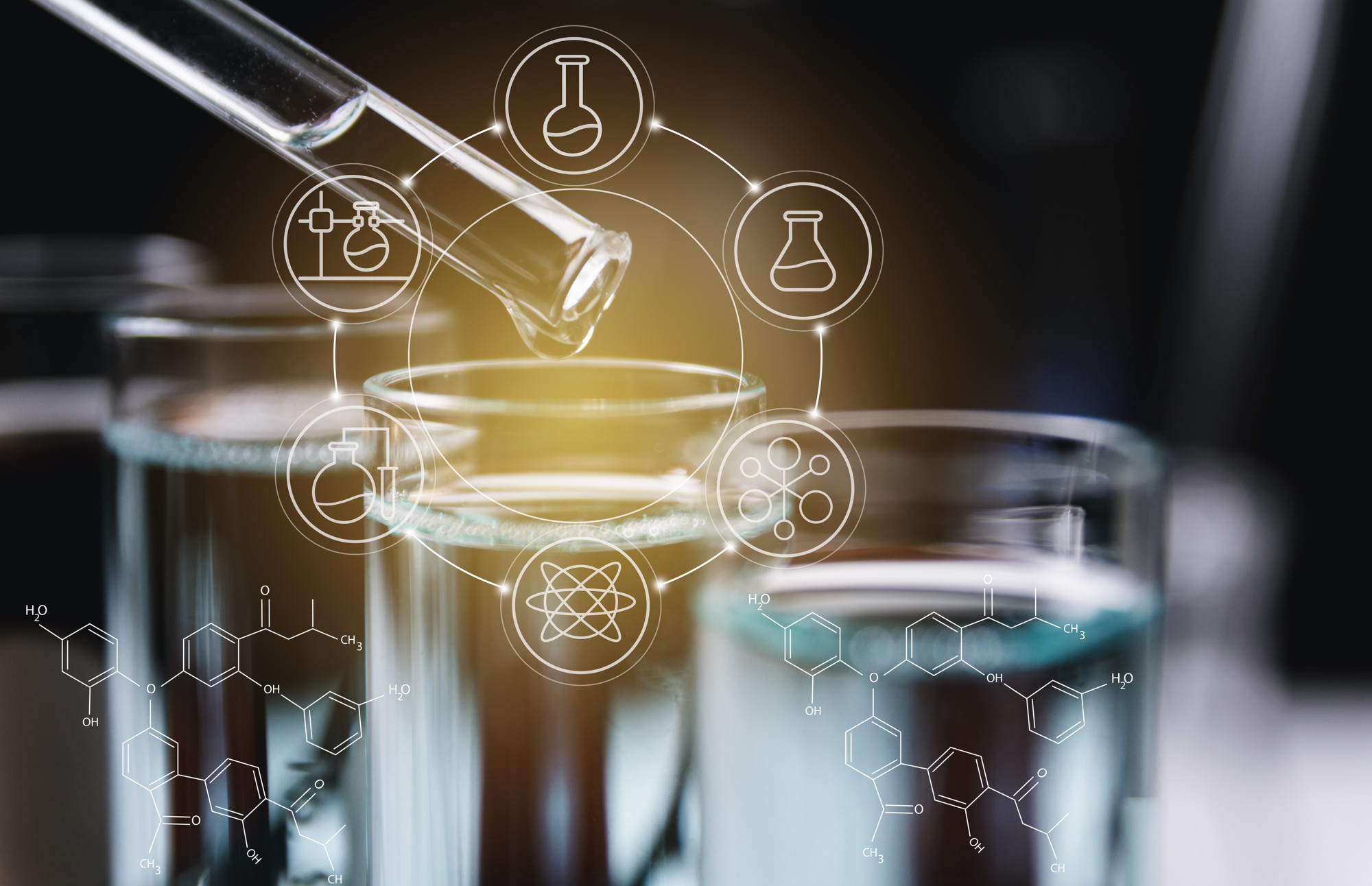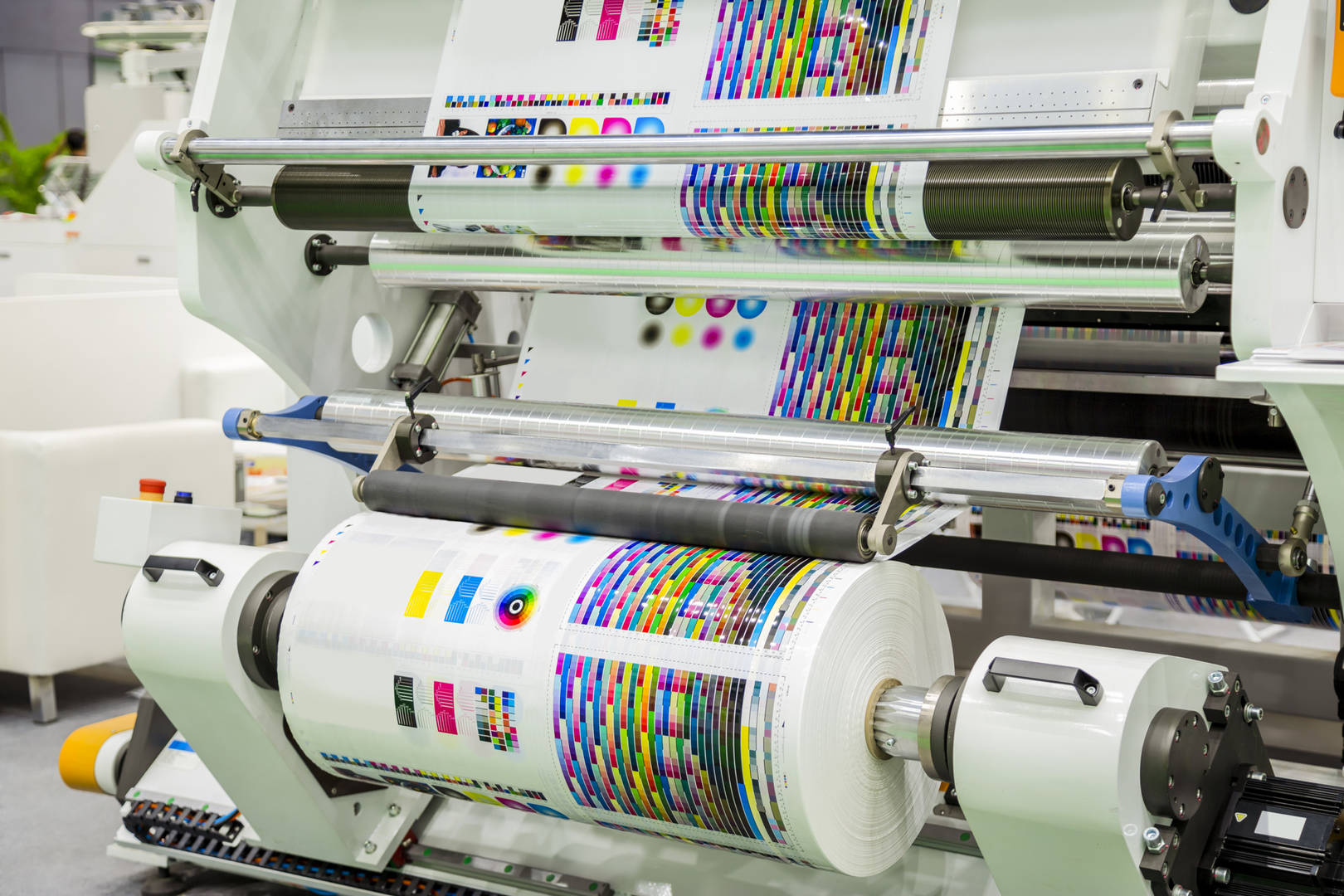The chemical industry is one of the most important and vital industries in the world. It is responsible for producing the products that we use every day, from the clothes we wear to the food we eat. Without it, our lives would be very different indeed. But what exactly does the chemical industry do? And what are its key roles? Here are eight of the most important ones.
1) What are solvents?
They are liquids that can dissolve other substances. This makes them very useful for a whole range of applications, from cleaning products to paint thinners. For example, diols are a type of solvent that is used in the production of polyurethane foam. A different type of solvent, called alcohol, is used in the production of detergents and cosmetics. Additionally, solvents can be used to remove unwanted substances from surfaces. This is why they are often used in cleaning products. Not only do they dissolve dirt and grime, but they can also remove stains.
Keep in mind that not all solvents are created equal. Some are more powerful than others and can be dangerous if not used correctly. This is why it’s important to read the labels of any cleaning products you use and follow the instructions carefully.
2) What are polymers?
Polymers are long chains of molecules that can be used to create a wide variety of products, from plastics to adhesives. They are made by combining smaller molecules called monomers. The most common type of polymer is polyethylene, which is used to make plastic bags and bottles. Polymers are used in a huge range of products, from food packaging to construction materials. They are also used in the production of synthetic fibers, such as nylon and polyester. For example, polyester is often used to make clothing. Similarly, polyurethane is used to make many different types of foam, including memory foam and insulation.
3) What are surfactants?
Surfactants are molecules that can reduce the surface tension of a liquid. This makes them ideal for use in cleaning products, as they help the water to wet surfaces and penetrate into dirt and grime. Surfactants are also used in emulsions, such as paints and inks. Anionic surfactants are the most common type of surfactant. They are used in a wide range of cleaning products, from laundry detergents to dishwashing liquids. Cationic surfactants are another type of surfactant that is used in fabric softeners and hair conditioners.
4) What are monomers?
Monomers are small molecules that can be combined to form polymers. The most common type of monomer is ethylene, which is used to make polyethylene. Other types of monomers include propylene, which is used to make polypropylene, and vinyl chloride, which is used to make PVC. Monomers are used in the production of a wide range of products, from plastics to synthetic fibers. They are also used in the production of adhesives and sealants. For example, ethylene-vinyl acetate (EVA) is a type of monomer that is used to make shoe soles and packaging film.
5) What are catalysts?
Catalysts are substances that can speed up chemical reactions without being consumed by the reaction. This makes them very useful for a wide range of industrial applications. For example, catalysts are used in the production of gasoline and in the refining of crude oil.
Catalysts are also used in the production of chemicals, such as plastics and synthetic fibers. For example, Ziegler-Natta catalysts are used in the production of polypropylene and nylon. Similarly, methanol is produced using a catalyst called copper oxide.
6) What are pigments?
Pigments are substances that can give color to other materials. They are often used in paints, inks, and plastics. For example, titanium dioxide is a white pigment that is used in paint and sunscreen. Iron oxide is a black pigment that is used in ink and cosmetics. Pigments are made from a wide variety of materials, including minerals, metals, and even vegetables. For example, lapis lazuli is a blue pigment that is made from the mineral lazurite. Carmine is a red pigment that is made from the cochineal insect.
7) What are dyes?
Dyes are substances that can give color to other materials without being absorbed by them. This makes them ideal for use in fabrics, as they can color the fabric without changing its feel or structure. Dyes are also used in food coloring and cosmetics. Dyes are made from a wide variety of materials, including plants, minerals, and even insects. For example, turmeric is a yellow dye that is made from the plant Curcuma longa. Carmine is a red dye that is made from the cochineal insect. Also, indigo is a blue dye that is made from the plant Indigofera tinctoria.
8) What are resins?
Resins are substances that can be used to make a variety of products, from adhesives to plastics. They are made by combining smaller molecules called monomers. The most common type of resin is polyethylene, which is used to make plastic bags and food packaging. Resins are used in a wide range of industrial applications. For example, they are used in the production of paints, adhesives, and sealants. They are also used in the electronics industry, as they can be used to coat electrical wires. In addition to being used in industry, resins are also used in art.
For example, artists often use resins to create sculptures and jewelry. Also, some resins can be used as varnishes, which are applied to the surface of paintings to protect them from damage.
The chemical industry plays a vital role in our everyday lives, providing us with the materials we need to live and work. Without the products of the chemical industry, our world would be a very different place. So there you have it, eight essential questions of the chemical industry that touch almost every aspect of our lives! Keep in mind that these are just a few of the many questions that could be asked about this important topic. For more information, be sure to check out other articles on the chemical industry. Thanks for reading!











